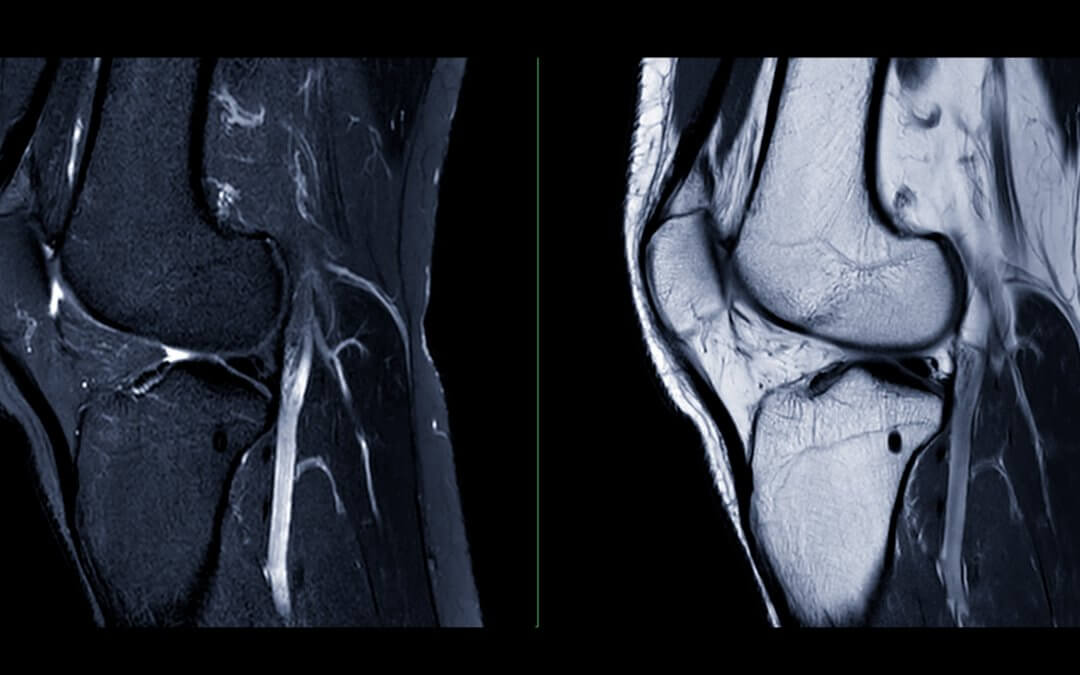Researchers at Vienna University of Technology have taken an important step in making lab-grown cartilage a possibility by utilising a new technique involving 3D printing and stem cells. [1]
The process involves a high-resolution 3D printing process to create small, football-shaped spheres that act like porous scaffolds within which differentiated cartilage stem cells can sit.
These spheroid scaffolds can then be molded into various shapes in order to fit like puzzle pieces into seamless tissue structures.
One of the main challenges in attempting to form artificial cartilage using stem cells thus far has been the inability for scientists to leverage much control over the shape of the resulting tissue.
The key advantage of the 3D printed spheroid, cage-like structures, which are around a third of a millimetre in diameter, is that they’ve enabled the researchers in Austria to form combinable, compact building blocks from which to grow cartilage tissue.
Importantly, the team at TU Wien also showed that when combined, neighbouring spheroids actually grow together, with the cells from one spheroid migrating to another, connecting in a closed, continuous structure. [2]
The 3D printed plastic scaffolds provide mechanical stability to the tissue as it continues to grow, up until the point at which they are no longer needed. The spheroids then degrade, leaving behind cartilage tissue shaped in the way desired.
A huge breakthrough for facilitating the regenerative potential promised by stem cells – particularly mesenchymal stem cells, which have the ability to differentiate into a range of specialised cells [3] – this new technique could be used in growing other tissues beyond cartilage into shapes required for repair at the cellular level.
For the time being, however, the researchers’ next aim is to attempt to use their 3D printed spheroids in the formation of tailormade pieces of cartilage tissue that can then be inserted into damaged areas of the body following injury.
If you’re interested in learning more about how saving stem cells for your baby could give them access to future regenerative treatments, download our free welcome pack below.
References
FIND OUT MORE, REQUEST YOUR WELCOME PACK TODAY
All you need to know to make an informed decision.
Provide your contact details to request:
– Complete Welcome Pack and Parent’s Guide
– Information via email
– Contact from our specialist advisors









